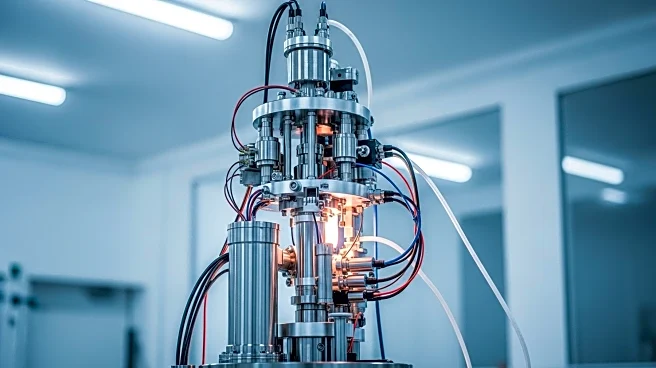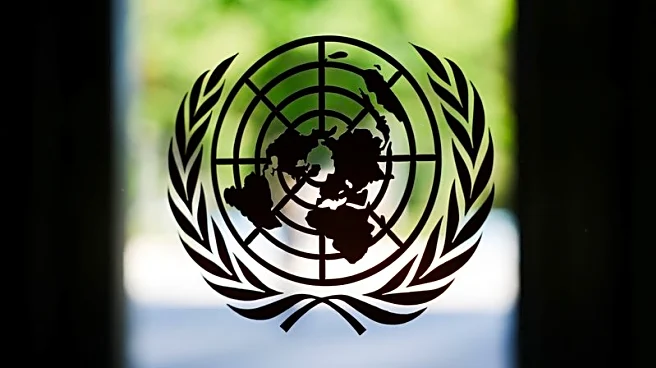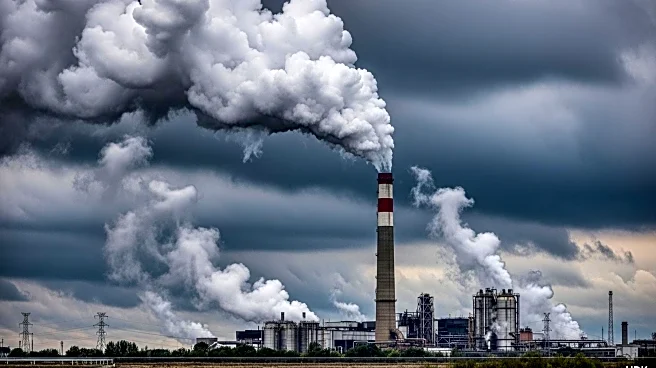What's Happening?
Researchers have developed a computational screening workflow to identify organic linker candidates for CO2-selective metal-organic frameworks (MOFs). This approach simulates CO2 and H2O binding energies for organic linkers in isolation, offering a less computationally expensive method than traditional simulations of crystalline porous frameworks.
Why It's Important?
This development is crucial for advancing CO2 capture technologies, particularly in high humidity environments. By improving the efficiency of MOFs, this research could significantly impact efforts to reduce greenhouse gas emissions and address climate change. The approach also expands the chemical space explored, potentially leading to more effective and diverse CO2 capture solutions.











